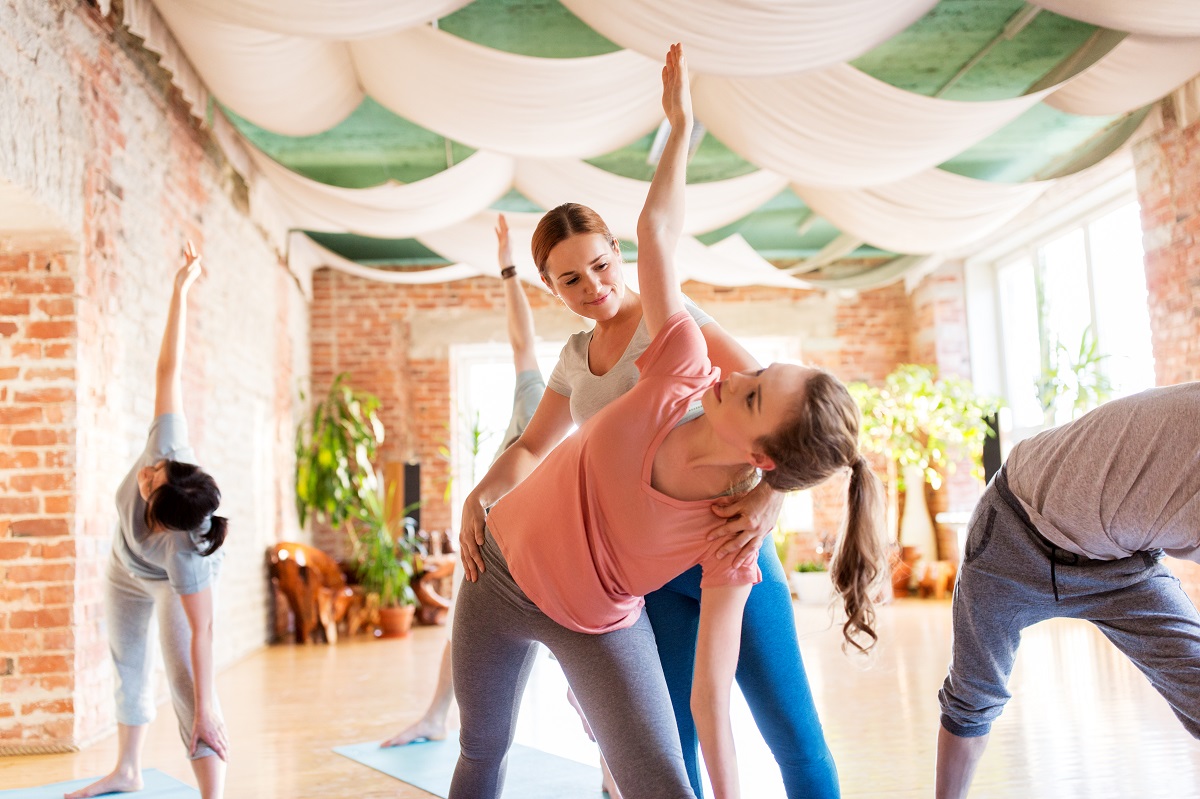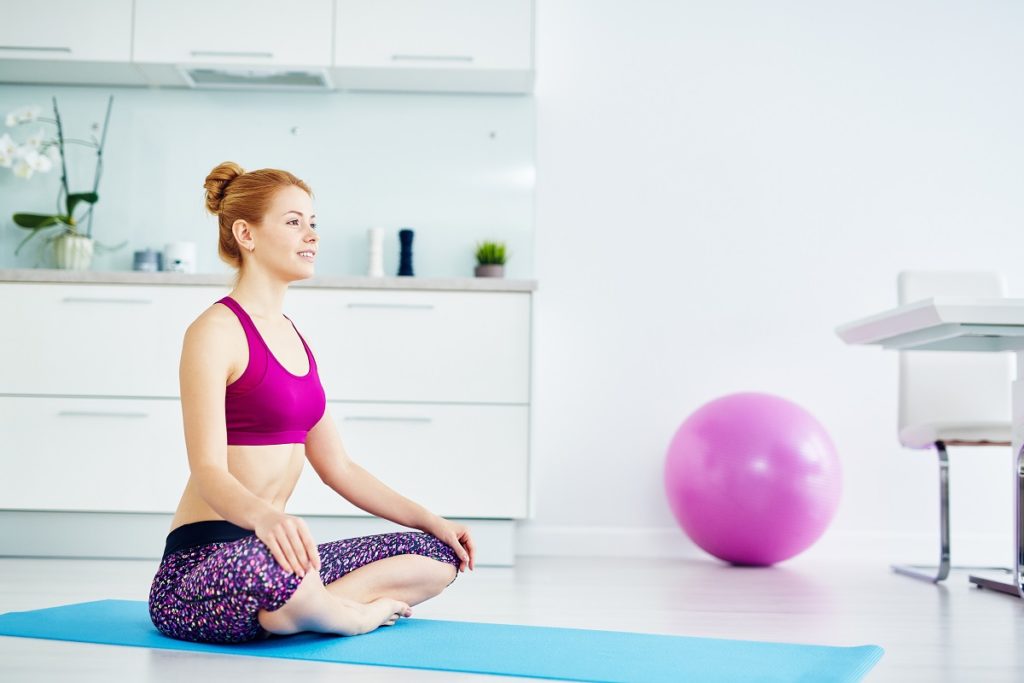Some people do yoga, and others do Pilates. Some may even take the on-demand Barre classes. However, it’s usually the first or the second that people do. Fitness experts will tell you there’s never been a better combination, though.
Yoga and Pilates are different in some ways. Yoga is more therapeutic; it emphasizes your awareness of your body’s alignment and movement patterns. It deals with breathing, exercise, and meditation. Pilates is about working your entire body through precise ranges of motion. It requires focus and concentration as you stretch and work all your major muscle groups.
But they are similar in some ways, too, and it’s through these similarities that yoga and Pilates make a perfect match. Pilates operates on six principles: breath, flow, concentration, control, precision, and centering. These principles are not all that different from what’s applied in many forms of yoga.
If you’ve been doing yoga for quite some time, these improvements are good reasons to add Pilates into the mix:
Engaging Your Core
Pilates emphasizes using breathing as a way to give energy to the body’s core and limbs. The core is also known as the center of gravity. It is comprised of the lower portions of the belly and back, bottom, and pelvis
The goal is to strengthen these areas by following complex and precise actions. This way, your body develops a system that prevents you from experiencing back injury. Without strengthening the core, it weakens the structure and prevents the energy from being appropriately given.
As a yogi doing advanced Pilates movements, you will develop that robust center that leaves you more productive and grounded.
Lengthening the Body’s Sides
Many yogis shorten the side body in poses like the forward bends and downward-facing dog, which keep them from accomplishing the full postures. By doing Pilates and strengthening your core over time, you can engage your body’s sides better, from the armpits to the top of the thighs.

Improving Alignment
A lot of the Pilates mat workout is done lying down while the arms and legs move simultaneously. These movements aim to create a balance between the left and right sides of the body. This symmetry helps yogis correct their body’s alignment. By engaging both sides at the same time, they can compare their movements on both muscles. This awareness allows them to adjust accordingly until both sides are even.
How to Incorporate Pilates into Yoga
These exercises are two distinct practices. If you wish to switch things up, you can try some Pilates movements on the yoga mat. One such technique is breathing. In Pilates, breathing is done by inhaling using the nose, then exhaling using the mouth, while tucking in the belly and up. That’s always a good start.
No matter how you choose to bring Pilates into your yoga practice, check in with your doctor before starting any program. The slow and controlled movements of Pilates have very low risks of injury for healthy people, but it never hurt anyone to consult a professional first. It may also be tempting to try learning Pilates on your own, but a legitimate class is best for any beginner. It’s easier to modify the exercises that way and is more effective overall.
Whether it’s yoga, Pilates or Barre classes you seek, remember: safety and wellness first




